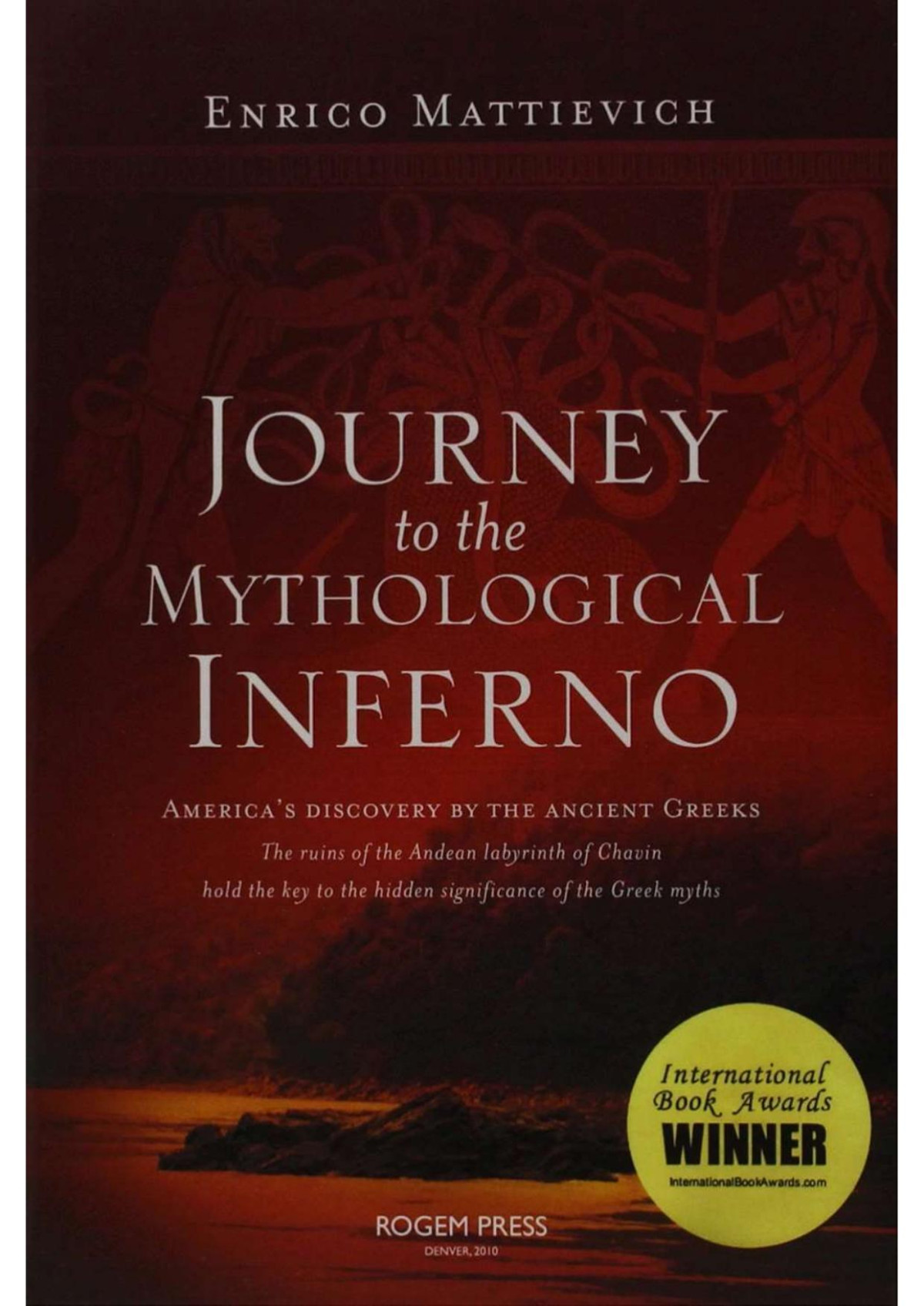

Most ebook files are in PDF format, so you can easily read them using various software such as Foxit Reader or directly on the Google Chrome browser.
Some ebook files are released by publishers in other formats such as .awz, .mobi, .epub, .fb2, etc. You may need to install specific software to read these formats on mobile/PC, such as Calibre.
Please read the tutorial at this link: https://ebookbell.com/faq
We offer FREE conversion to the popular formats you request; however, this may take some time. Therefore, right after payment, please email us, and we will try to provide the service as quickly as possible.
For some exceptional file formats or broken links (if any), please refrain from opening any disputes. Instead, email us first, and we will try to assist within a maximum of 6 hours.
EbookBell Team

4.7
46 reviews(with analytical bookmarks for text-figures-illustrations and ~40% size reduction)
WINNER * 2011 New Generation Indie Book Awards in History Non-Fiction WINNER * 2010 International Book Awards in History: Ancient.
If you were to take the Journey to the Mythological Inferno, what would you find there? The author Prof. Enrico Mattievich, Ph D., is our guide into one of the magical adventures of all times.
As Ulysses tells it; to reach the Underworld, he and his men went down to sea, following Circe 's instructions: All day long her sails were full as she held her course over the sea, but when the sun went down and darkness was over all the earth, we got into the deep waters of the river Oceanus, where lie the land enshrouded in mist and darkness which the rays of the sun never pierce When we got there we beached the ship, and went along by the waters of Oceanus till we came to the place of which Circe had told us [near the place where the [two] rivers flow into Acheron, and you will see a rock near it, just where the two roaring rivers run into one another ]. [Homer, The Odysseus, XI, 10-22]
By simply replacing Amazon for Oceanus, this amazing roadmap to Hades, the Inferno of Greek Mythology, would even make sense to a modern traveler. All this may of course be a rare coincidence. However, if one were to navigate the entire length of the Amazon up to a rock near where the two roaring rivers run into one another and continue up to the headwaters of the Maranon River, one would actually find Chavin de Huantar, the ruins of something that can only be described as the dwelling of the mythological Gorgon Wari to the natives the monster with serpents instead of hair, who could petrify a victim with its vision!
Add to these coincidences the additional fact that the palace of Chavin de Huantar was a ceremonial meeting place before 1,000 BCE, which is also the probable time for the origins of Greek Mythology, and it becomes downright impossible to continue thinking of fortuitous coincidences.
Prof. Mattievich findings that the Greek Underworld, the world below the Equator, was an actual site in the heart of South America, that the Gorgon of Greek legend has a counterpart, Wari, in the Chavin de Huantar region, that other creatures of Greek Mythology were engraved on stones and walls, half a world away from ancient Ionia and many other similarly extraordinary correlations between myth and reality, open up a floodgate of as yet unanswered questions. But whatever those answers may turn out to be, it seems almost certain that America was not unknown to the seafarer people of the ancient Mediterranean.
Independent Review:This book is an interdisciplinary treatise, starting with Greek mythology and pursuing a line of inquiry, via archeology and geology, to some well-argued, but rather startling conclusions. For those whose skepticism may be aroused by the subtitle, do not be put off. This is an extremely interesting book on several fronts, full of material one probably did not know Even if one is not finally convinced that accounts of the epic voyages of ancient Greeks were of journeys up the Amazon, it will be difficult to dismiss all the detail as entirely myth.
There are certainly more than enough coincidences between the archeology of South America and the Mediterranean to suggest trans-Atlantic contacts during the Bronze Age, and for those readers who know little about the history of the Americas, this book should make it obvious that a consideration of this is long overdue
[Chronology & Catastrophism REVIEW 2011, p 39-41]